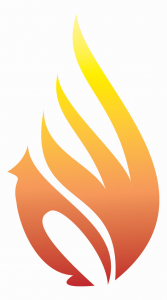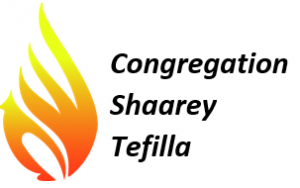3,000 years ago, Hebrew was the spoken language of the Jewish people as they arrived in the land of Israel, after a 40 year journey lead by Moses and then Joshua. Hebrew continued to be the spoken language of the people of Israel for over a century until Jews were expelled from Israel following the Bar Kochva revolt in 200 CE.
Once expelled, Jews became native speakers of either the local language or other Jewish languages such as Yiddish. Hebrew was then used as a written language, primarily for Jewish liturgy, rabbinic literature, and sacred texts. It was therefore called Lashon Hakodesh (the holy language) and was considered a “dead language”, for it had no native speakers and was no one’s first language.
The first sign for the revival of the Hebrew language emerged during the late 19th century in central and eastern europe. The movement of the Haskala (enlightenment) sought to preserve the Jews as a separate and unique collective in part by using the Hebrew for secular purposes. The Maskilim, who were the activists of the movement, called for scholars to adopt the Hebrew language in their writing so it will no longer be used only for religious purposes. The movement also established periodicals and newspapers in Hebrew.
Prominent poets and writers such as Shalom Yaakov Avramovich (Mandalei Mocher Sefarim) answered the call and started to the use Hebrew in their writing. Zvi Hirsch Ginzberg (Achad Haa’m), Hayim Nahman Biyalik and others contributed to the newly established secular Hebrew literature. The road toreviving the Hebrew language and turning it into a spoken language was naturally complicated and filled with obstacles. But the work of the Haskala movement and the newly written literature planted the seed for the renovation of modern Hebrew.
Renovation and not innovation.
The fall of the Haskala movement at the end of the 19th century followed by a rise in the Zionist movement and many Jews from eastern and central Europe where influenced by the idea of Shivat Zion (returning to Zion). One person who was especially influenced by it was Eliezer Ben Yehuda, who will later be referred to as the reviver of the Hebrew language.
The rise in Zionism and the pogroms Jews experienced in Russia and other parts of Europe urged many to immigrate to Palestine where Jewish activists were already forming the first Jewish settlements. The first immigration waves started in 1882 and lasted until 1902. Many of the new immigrants were from Europe but some were from Iraq and Yemen. Ben Yehuda himself immigrated to Israel in 1881 and settled in Jerusalem.
As more and more immigrants from different regions arrived in Israel it was clear that a common language was needed. This is when Ben Yehuda was pushing his idea for using Hebrew as the spoken language of the Jews in Palestine. In 1890, Ben Yehuda formed the committee of the Hebrew language, which oversaw the development of the language. Ben Yehuda began working on a dictionary that included ancient and newly formed words in Hebrew. He ended up releasing a 5 volume dictionary which eventually grew to 16 volumes of chronicling 2,000 years of Hebrew language development. With the help of others, the first schools to teach in Hebrew where built. There were very few teachers who spoke Hebrew, but the effort was worthwhile and influenced more to accept the new language.
Slowly Hebrew penetrated households and school across the Yishuv but it wasn’t quite enough. Many Jews still objected the idea of using Hebrew. There were not enough Hebrew teachers in Israel and there were not enough books. Anyone who had aspiration for higher education wanted to learn French.
The second Aliyah began in 1904 and lasted until 1914. The immigrants already came with ideals of Zionism and were ready to learn and develop the Hebrew as the spoken language. Hebrew started to be spoken not only in the homes but also in all public gathering and events as well as in the streets. When the first Hebrew city of Tel Aviv was formed in 1909 Hebrew was heard in its cafes and its shops. In some places it was unacceptable to speak any other language but Hebrew. It was then clear for everyone that the Hebrew is the spoken language of all Jews in Palestine.
In 1913 German Jews (Ezra company) offered to build an institution for higher education in Israel for the study of engineering. They demanded that the language to be used in the institution will be German. The Yishuv refused to accept the demand and the Germans agreed to allow the use of Hebrew. The Technion was founded as an Israeli institute of Technology in which the Hebrew will be used for teaching.
Following world war I, the Hebrew was the official language of the Jews in Palestine. The British mandate announced in 1922 that Hebrew is an official language in Palestine. The League of nation also acknowledge the Hebrew as the official language of the Jewish people in Israel.
Hebrew today includes about 150,000 words, 12,000 of which date back to the Old Testament. It is the everyday language of Israel and the only example of a literary language revived in the vernacular.



